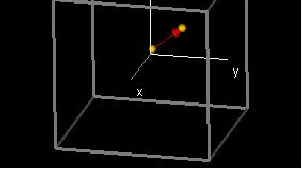
[D]
Exercises
|
A second partial derivative is a partial derivative of a
function which is itself a partial derivative of another function. 
There are nine types of second partial derivatives for functions of
three variables. 
Third, fourth, fifth, and in general, nth partial derivatives for any positive integer n, exist as well.

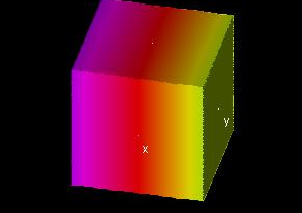
Exercises
|
Taylor series are polynomials that approximate functions.
For a function f of three variables, the Taylor series of f at a point depends on the partial derivatives at (x0, y0, z0).
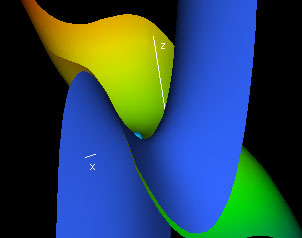
Exercises
|
|
Given a contour g(x,y,z) = c of a function g, we can find the maximum value of the function f(x,y,z) on this contour by locating the points at which a contour of f is tangent to the contour of g.
At such a point the gradient of f is parallel to the gradient of g, such that
∇f(x,y,z) = λ∇g(x,y,z)
where λ is constant.
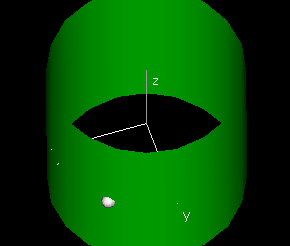
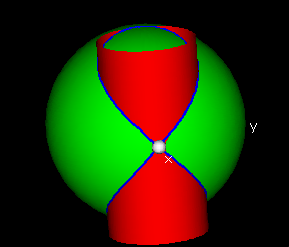
Exercises
|
|